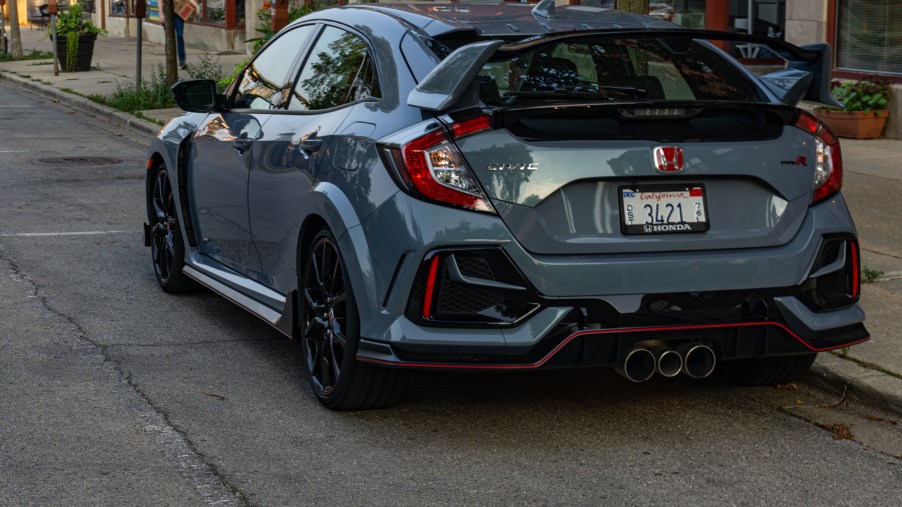
The 2020 Civic Type R Shows How Far Car Technology and Design Has Come
Dynamically, the 2020 Honda Civic Type R absolutely delivers the performance its Fast and Furious looks promise. While I, as a JDM fan, like the Civic Type R’s styling, understandably, not everyone does. However, the hot hatch is something of a study in how car design, and the technology behind it, has evolved over the years.
The 2020 Honda Civic Type R isn’t necessarily less subtle than the earlier models
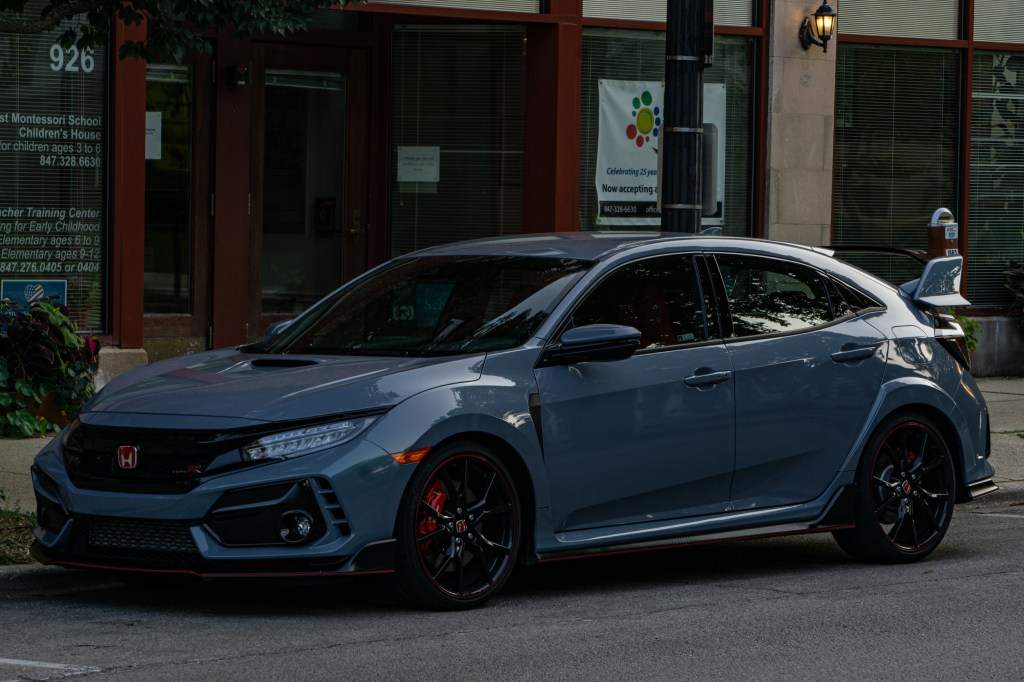
Of course, the 2020 Honda Civic Type R looks drastically different than its predecessors. Besides its larger overall dimensions, the latest CTR has a big rear wing, a hood scoop, and many more vents. Motor Trend describes the car’s design as “polarizing.” Motor1 claims it’s “overstyled and needlessly complex.” Car and Driver describes it as drawing inspiration “from fly swatters, anime hairstyles, and suspicious growths.” The words ‘mecha’ also appear on occasion.
Naturally, as Automobile muses, styling is inherently in the eye of the beholder. But it’s worth noting that some of the Honda Civic Type R’s design features are functional, Car and Driver reports.

The hood scoop brings in cooling air and pushes hot air out; vital for turbocharged engines. The wing generates measurable downforce, boosted by the roof-mounted vortex generators. True, some vents are merely styling elements, CarThrottle reports. But others, such as the fender-mounted ones, do serve an aerodynamic purpose, Road & Track reports.
It’s also worth pointing out that the 2020 Type R is based on the current Honda Civic and thus shares many car design elements. And that’s also true of the previous-gen models.
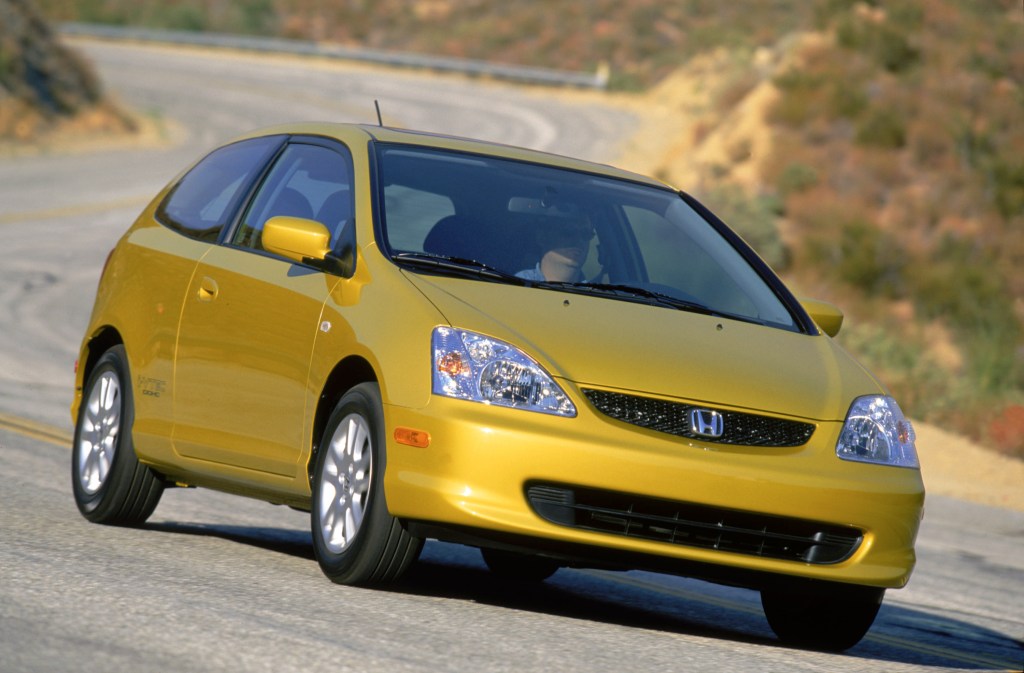
If you look at a 2002 Honda Civic Type R and its 7th-gen Si counterpart, you’ll see they’re clearly based on the same car. And, just like the modern car, the EP3 model has similar modifications over the base and Si trims. Namely, bigger wheels, a rear spoiler, and some functional aero. It’s a similar story with the non-US Mugen model.
In other words, the current Honda Civic Type R’s modifications aren’t necessarily more extreme, relative to the base car, than they were in earlier models. What’s changed is the overall car’s design.
The 2020 Honda Civic Type R’s styling is a result of modern car design capabilities
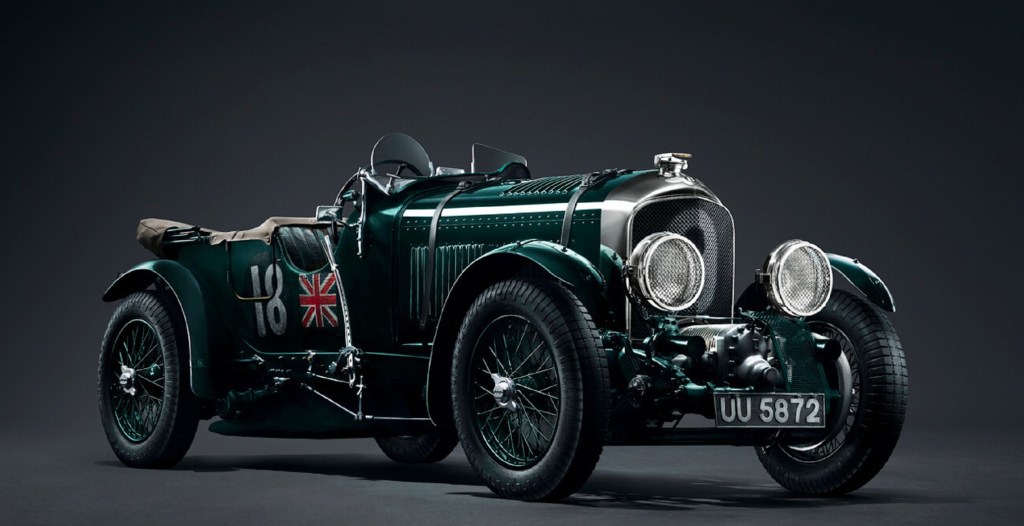
The 2020 Honda Civic Type R doesn’t resemble a Bentley Blower. But then, few cars really resemble a Bentley Blower anymore. That’s because how car design works has changed.
The best example of how car design used to work is Morgan. Its cars are hand-built, with metal body panels beaten with hammers over styling bucks. In the early days, automakers sold you a chassis and an engine, and you went to a coachbuilder for a body and interior. And back then, visual appeal, rather than aerodynamic efficiency, ruled the day.
However, as manufacturing technology and metallurgy improved, car construction, assembly, and design changed. To increase production, automakers introduced mechanized assembly lines. Which, for body panels, meant die presses and stamping machines.
Initially, die presses were fairly simple: mostly straight lines. But after Toyota helped introduce curvier designs, partially to discourage copying, the dies became more complex. And they’ve only gotten more complex, AAA Tool and Machine reports, as new manufacturing techniques have been introduced. Plus, although 3D printing hasn’t replaced the die press, it can produce better-quality dies and prototypes quickly.
But it’s not just manufacturing improvements that have changed car design. The quest for better fuel efficiency requires computational fluid dynamics and wind tunnel testing to create sleek, wind-cheating shapes.
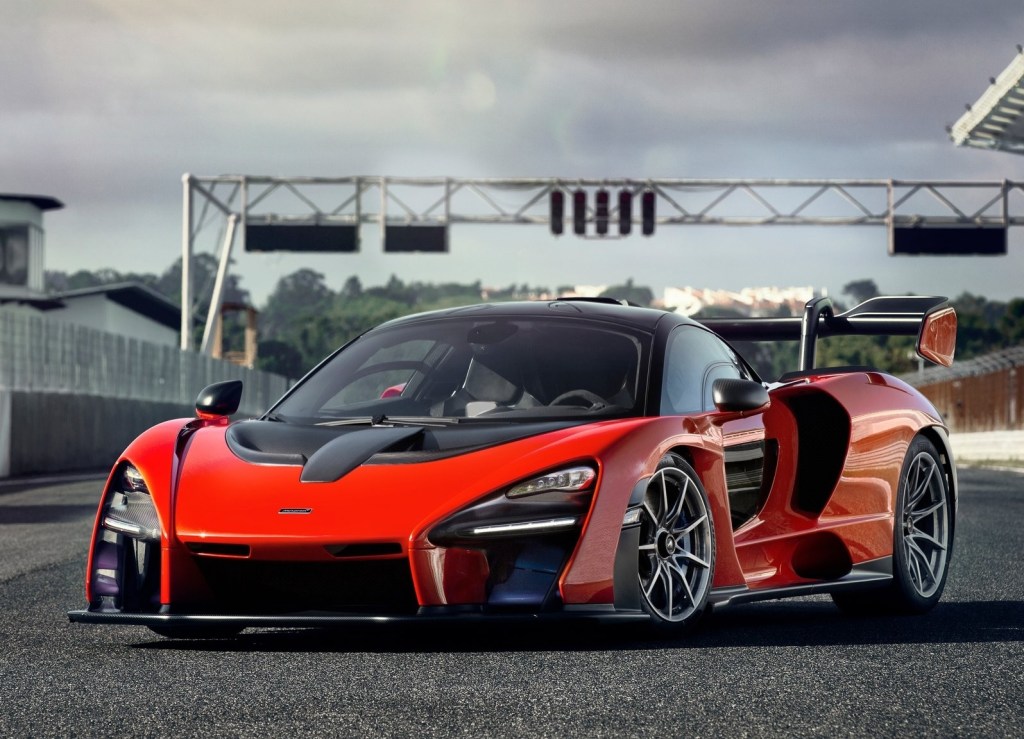
This also has benefits for high-performance cars: better airflow, more speed. That’s why the McLaren Senna and 720S look the way they do, R&T, Motor Trend, and Roadshow explain.
There are also safety regulations to consider. That’s why body pillars and bumpers have gotten wider: to contain airbags and new crash structures. Automakers can model crashes and so shape a car’s design to reduce passenger impact forces. And, theoretically, for pedestrians, too.
Does this mean the next-gen model will look similar?

To be sure, these changes in car design apply to every vehicle, not just the Honda Civic Type R. Even motorcycles aren’t immune to it.
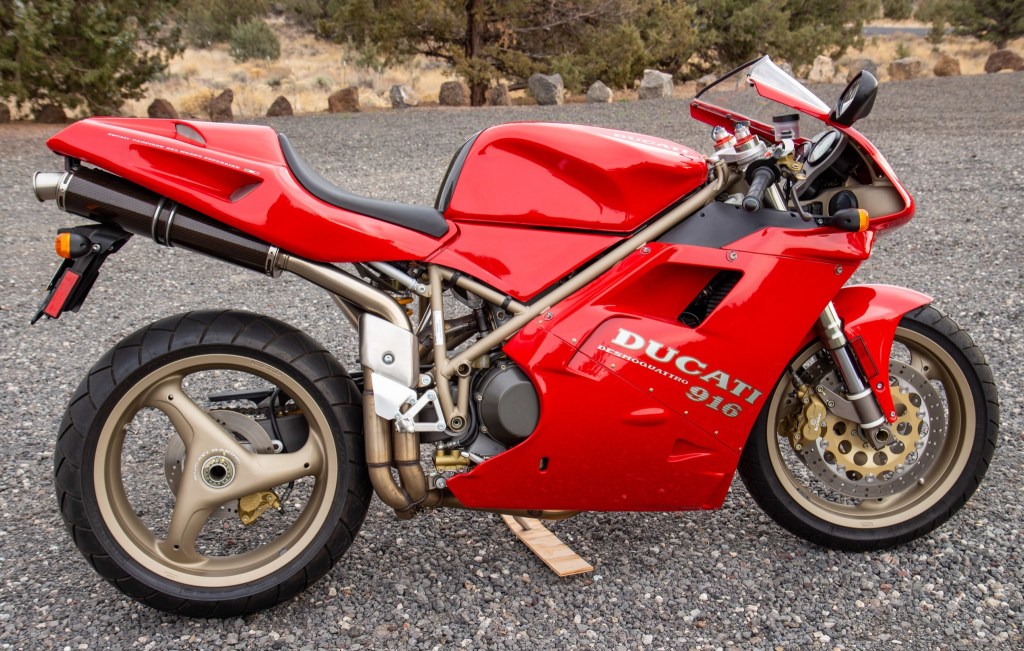
A Honda CBX looks similar to a Ducati 916, for example, but the latter has more-rounded panels. And that’s before novel materials like carbon fiber, with its unique manufacturing requirements, got into the mix.
So, does that mean that the next-gen Honda Civic Type R will look a lot like the current model? In overall shape, probably. It’s a hatchback, after all. Even as the Volkswagen GTI’s profile has changed, the car’s design is still that of a hatchback. And based on spy shots obtained by Car and Driver, the 2022 CTR will be an “evolution” looks-wise.
But if the current Civic Type R looks extreme, it’s only because the base car’s design is, too. And that’s only because the tools designers and engineers used 30 years ago weren’t as sophisticated as they are today.
Follow more updates from MotorBiscuit on our Facebook page.


